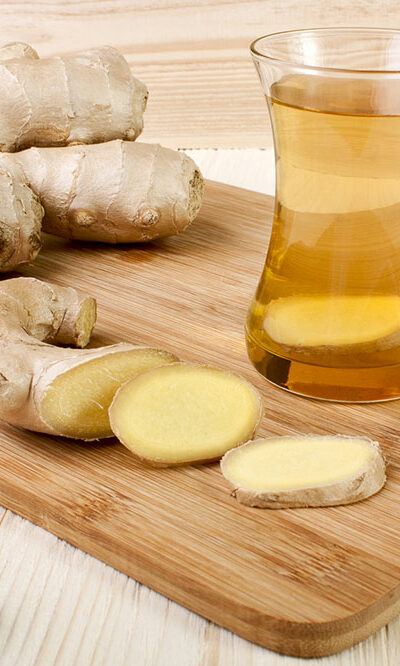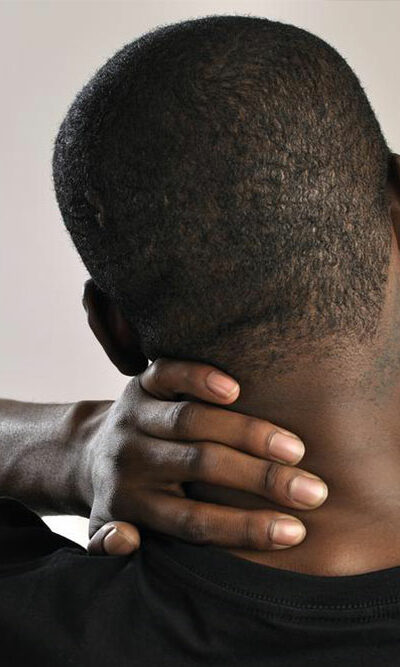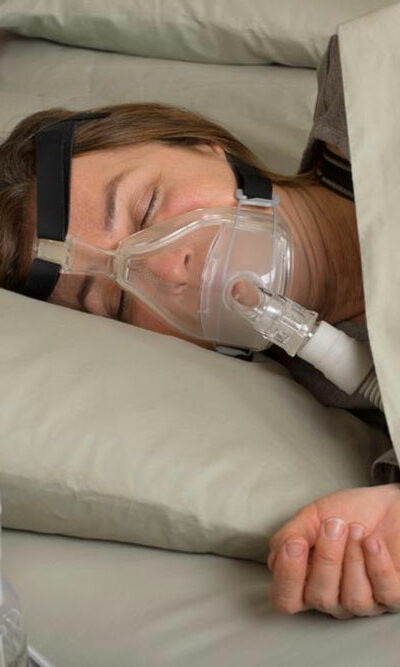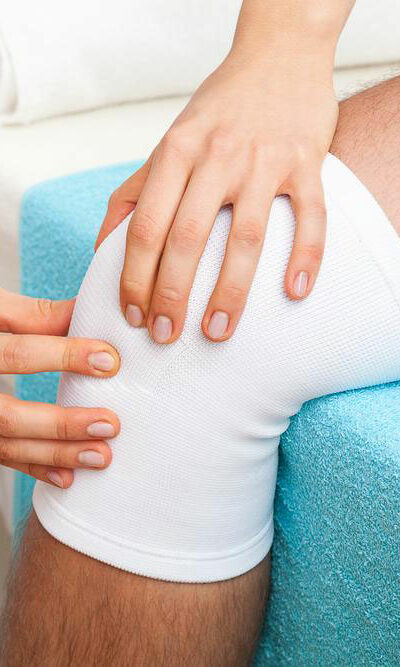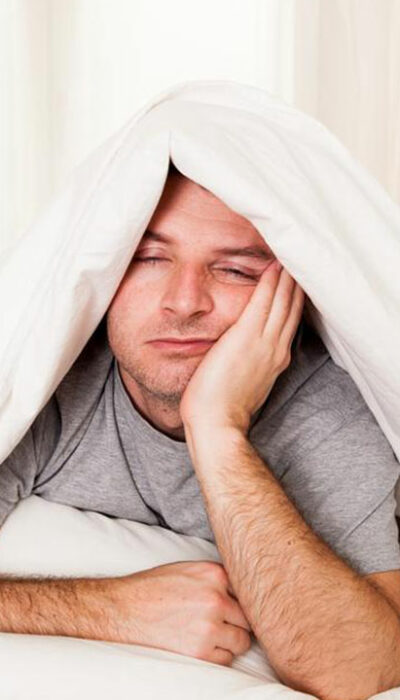
Effective Chronic Fatigue Syndrome Treatment
Chronic fatigue syndrome is a crippling disorder delineated by extreme exhaustion and fatigue that just doesn’t dissipate. Chronic fatigue syndrome is also termed as systemic exertion intolerance disease (SEID), or myalgic encephalomyelitis (ME). The culprits of chronic fatigue syndrome aren’t well known or contemplated. While some research suggests psychological stress, others say it can be due to virus infection, or a combination of both the contributors. To be honest, chronic fatigue syndrome is quite complicated to diagnose as there has been no trace of any contributors to the disease as yet, and the symptoms associated with chronic fatigue syndrome are pretty common and seen in other diseases. Chronic fatigue syndrome has been around for a long time and is a largely recognizable medical condition. It has a tendency to affect anyone or anybody, but the patients are mostly women over the age of 40. Since there is no particular cure for this ailment, there are a few treatments which help give relief to the symptoms related to chronic fatigue syndrome. Chronic Fatigue Syndrome Treatment All you have to do to rule out chronic fatigue syndrome is alter and make few changes in your existing lifestyle, and you are likely to be successful in fighting the symptoms. Here are a few of the most recommended expert’s opinion and tips, in chronic fatigue syndrome treatment. Limit your intake of caffeine, as this would help you eradicate insomnia issue from your list. Limit your alcohol and nicotine as well. Try keeping away from afternoon naps if you feel that it keeps you awake at night. Build a neat routine for sleep. Try hitting the bed and waking up at a fixed time every single day, to avoid any indiscipline, this also trains your body about sleep routine. Ensure that you are pacing yourself during regular activities.

